
GUEST BLOGGER LORI MORTENSEN
When I was growing up, I spent a lot of time at the kitchen table drawing all sorts of things from comic book characters to reproducing the works of Rembrandt and Leonardo da Vinci from the pictures I saw in the books I checked out from the library. In my picture book ARLO DRAWS AN OCTOPUS, Arlo grabs his crayons and draws. As an author, I’ve learned that the first approach is just that—a beginning! If Arlo had the chance to do a little brainstorming—taking the time to think and jotting down all kinds of fun ideas—who knows what other fun options he might have discovered. (Hey! That just might be the start of another Arlo adventure.)
Preparation: Octopus observation
Show students octopus pictures or videos, and then ask them to list what makes an octopus an octopus. Responses may include:
- 8 arms
- tentacles
- ink
- big head
- rock-dwelling
- swim using jet propulsion
After reading ARLO DRAWS AN OCTOPUS, ask students to do a little brainstorming of their own. What other octopus art ideas can they come up with? After some of my own brainstorming, I came up with the following ideas eight ideas for octopus art. As students brainstorm art ideas, ask them to keep their list of features in mind.
Idea #1: Octo-artists
Many artists are known for their distinctive styles. Ask students to choose an artist, then use that style to create their own octo-image. Discuss what makes that artist’s style different from other artists. Below are a few of the artists students might consider:
- Picasso
- Van Gogh
- M.C. Escher
- Salvador Dali
- Georgia O’Keeffe
- Monet
- Georges Seurat
- Andy Warhol
Idea #2: Media magic with 8 legs
Crayons may be handy, but there is an array of other exciting options just waiting to be explored. Ask students to create an octopus using different types of media from the list below.
- Chalk
- Watercolors
- Pencils
- Markers
- Charcoal
- Finger painting
Idea #3: Yarn-opus
Yarn is a versatile material and can be used in all sorts of ways including making pom-poms, knitting, crocheting, or even gluing strings of yarn down in shapes on a piece of paper. Ask students to create an original yarn octopus, then have them point out the differnt features of their creation.
Idea #4: Paint by number
Paint by number has been around a long time, but how often are students given the opportunity create their own paint by number project? Have students create a paint by number octopus project that can exchanged with and painted by others.
Idea #5: Connect the dots
Have students create their own connect-the-dots drawing that, like the paint-by-numbers octopus, can be copied and shared with others.
Idea #6: Anatomical octopus
Arlo drew a simple picture of an octopus, but real octopuses are more complex. Have students study octopus anatomy and draw of picture of realistic octopus. Then, have the students label its parts.
Idea #7: Make it 3-D
Ask students to create 3-D octopuses using clay, metal, hangers, old socks, balloons, rocks, and any other assortment of handy materials that could be reinvented as an octopus.
Idea #8: Write a story
It’s natural to imagine octopuses in the ocean where they live around the world. In this activity, ask students to think of an octopus in a different setting such as outer space, the Old West, a farm, the future (a robot octopus?), etc. What might an it be doing there? Then, ask the students to write and illustrate their own story.
Once you start brainstorming, the sky is the limit. Brainstorming can be applied to any project, whether it’s planting a garden, rearranging your room—or coming up with eight octopus art projects.
Featured image: “Octopus dance” by Morten Brekkevold is licensed under CC BY-NC-SA 2.0
Lori Mortensen is an award-winning children’s author of more than 100 books. Recent picture book releases include Arlo Draws an Octopus, Nonsense! The Curious Story of Edward Gorey, If Wendell Had a Walrus, illustrated by New York Times bestselling author/illustrator Matt Phelan, Away with Words, the Daring Story of Isabella Bird, Mousequerade Ball, illustrated by New York Times bestselling illustrator Betsy Lewin, Chicken Lily, and Cowpoke Clyde Rides the Range, a sequel to Amazon bestseller Cowpoke Clyde and Dirty Dawg. When she’s not hiking around, camera in hand, she’s tapping away at her keyboard, conjuring, coaxing, and prodding her latest stories to life. Today she lives in the foothills of Northern California with her family and the wonderful assortment of birds that come her way. To find more information about upcoming releases, reviews, teacher activities, critiques, and more, visit her website at www.lorimortensen.com.


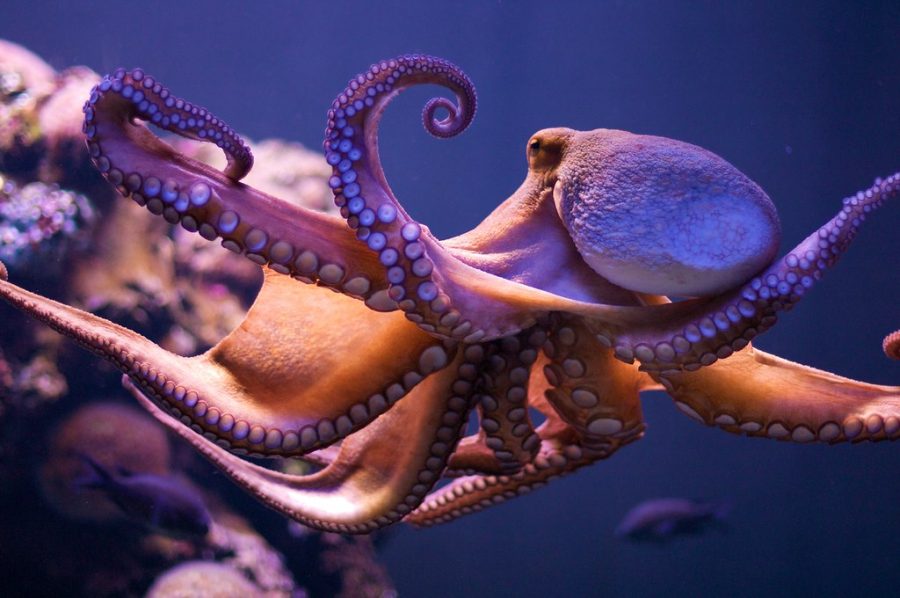
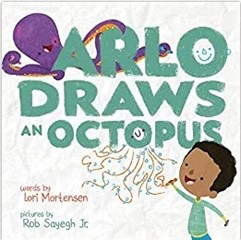
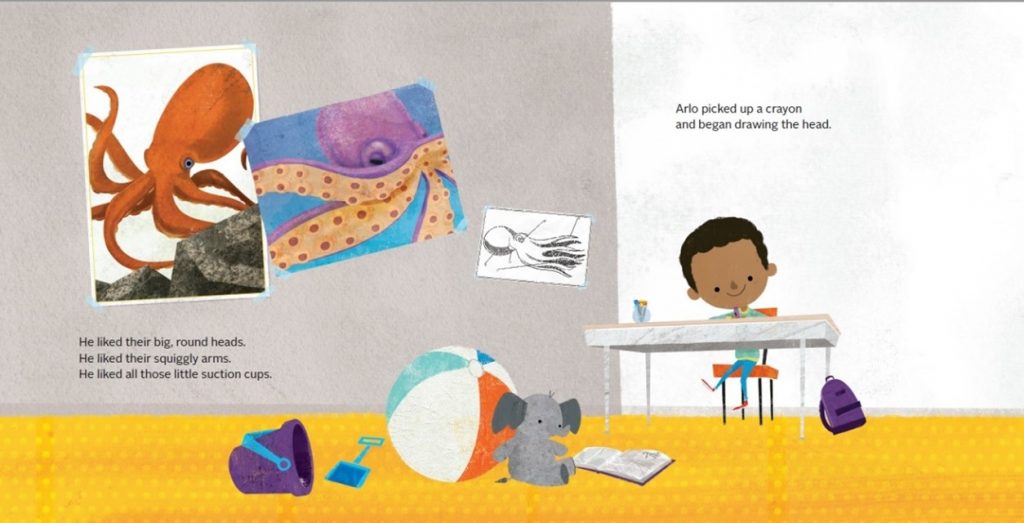
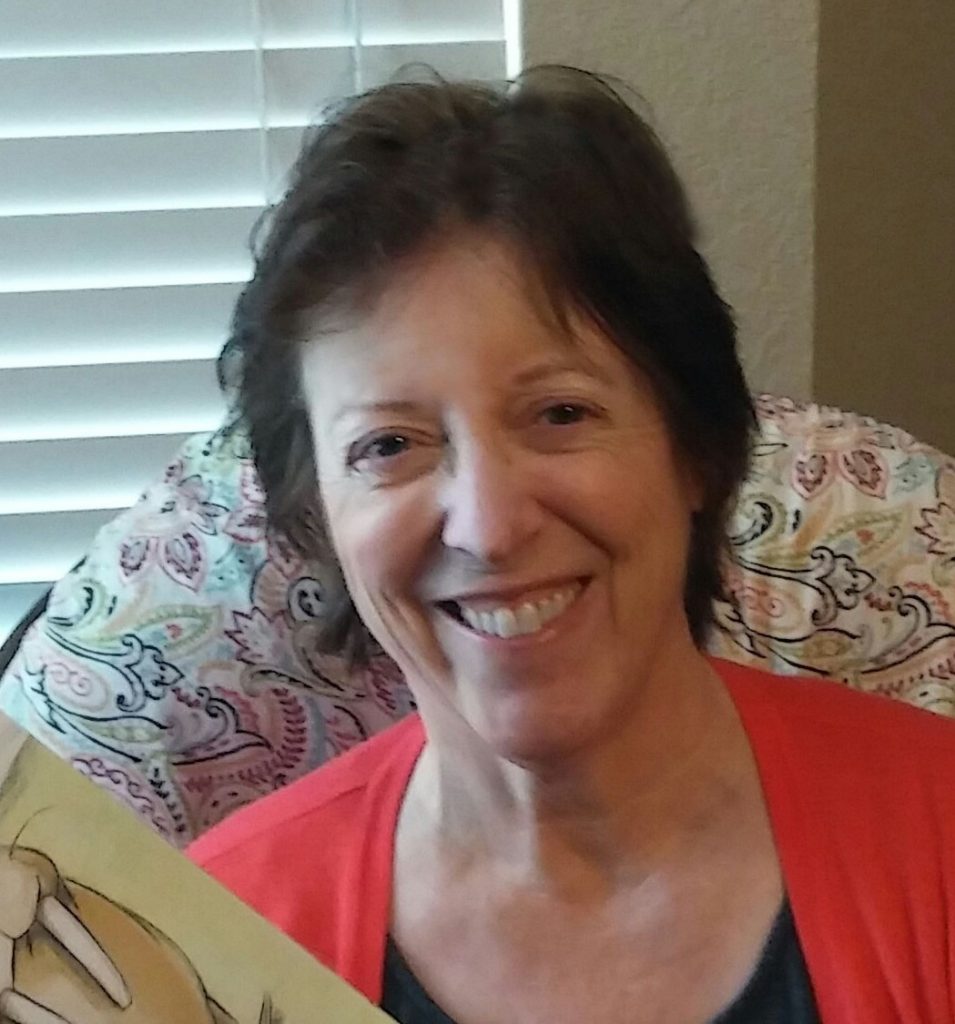

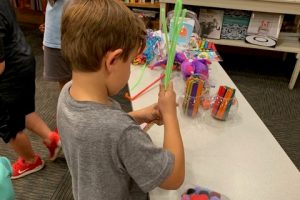



1 Comment
Leave your reply.